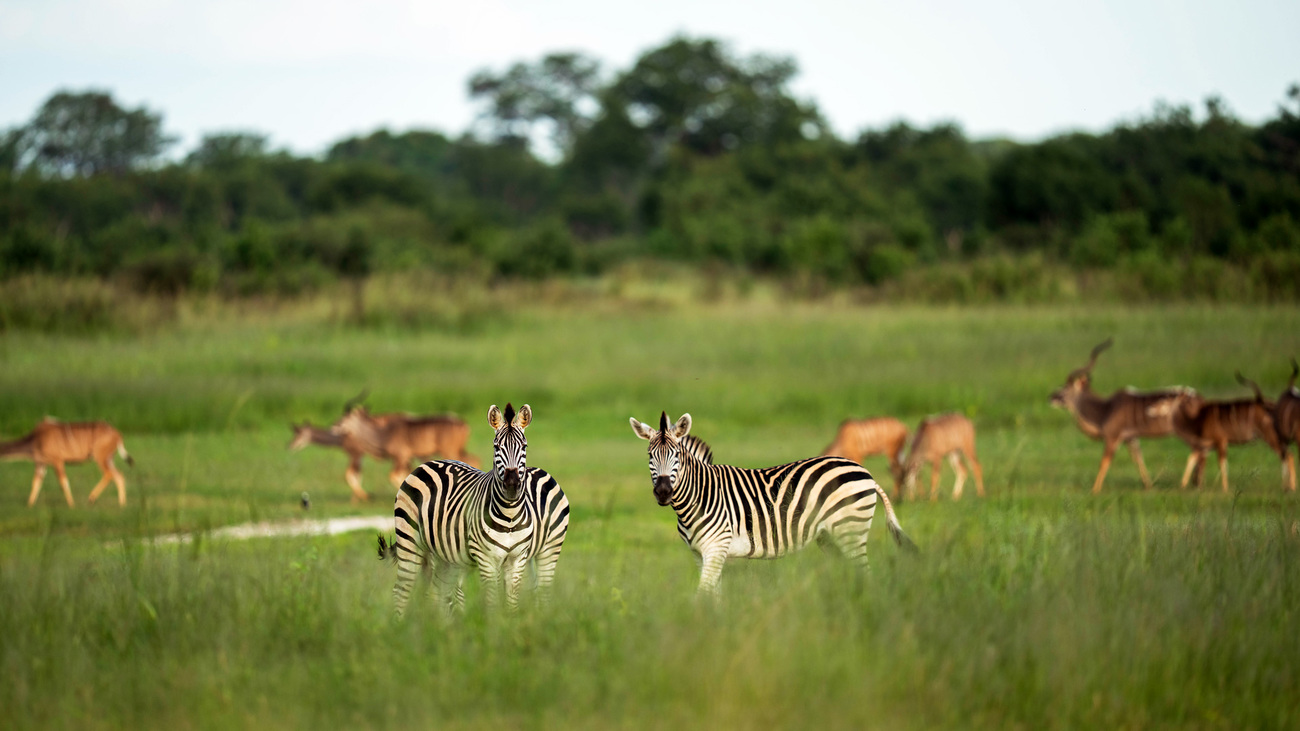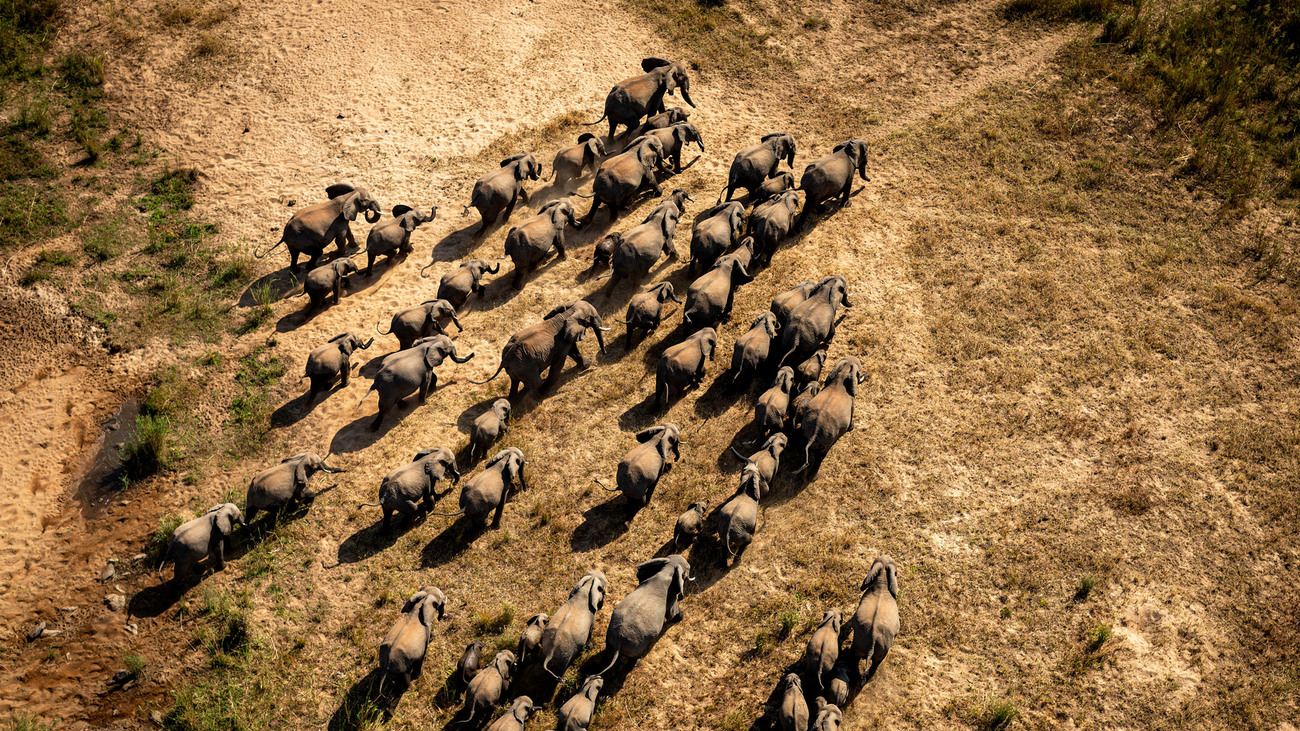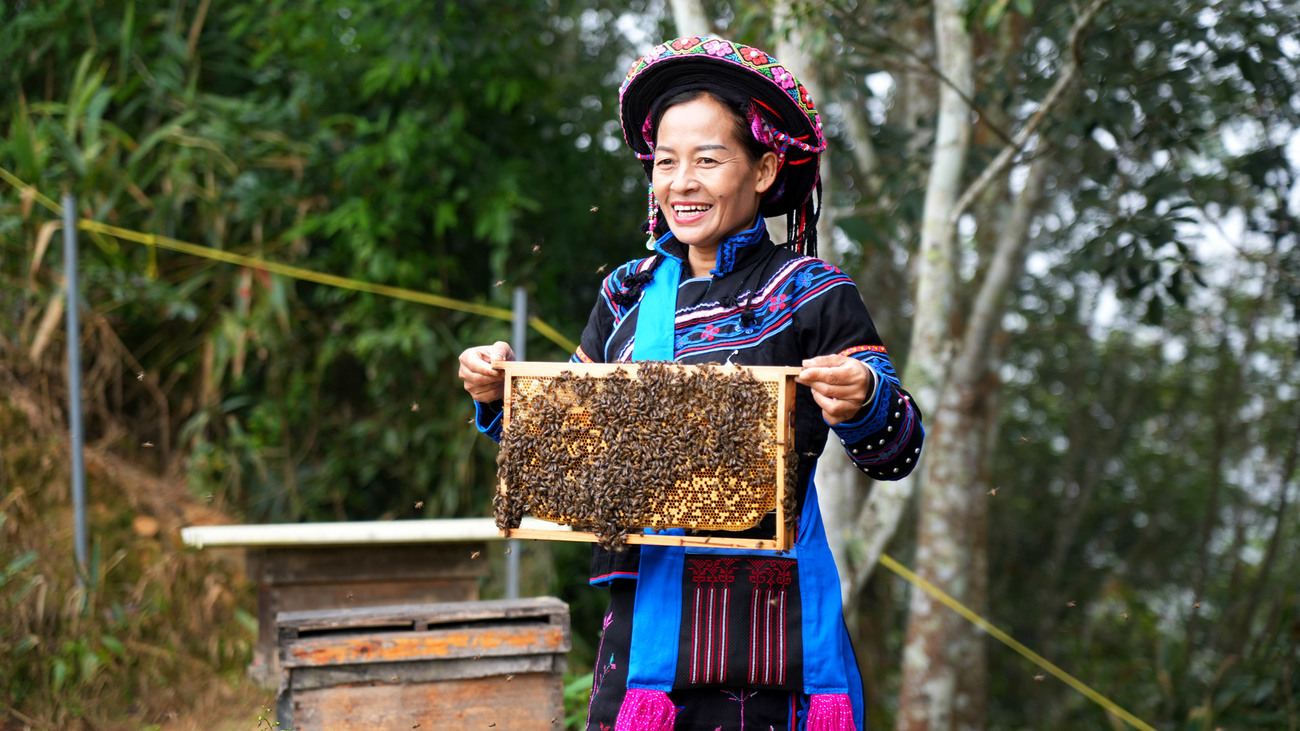Updates
Relief and recovery for animals and people in Myanmar
Read moreUnderstanding the Rio Conventions: the role of global agreements in conservation
Biodiversity loss and climate change are some of the most pressing challenges of our time, and they are inseparable from other issues like poverty and inequality. This fall, negotiators from around the world engaged in discussion of these issues and what we can do to solve them—at COP16 (for the Convention on Biological Diversity) in Colombia and COP29 (for the UN Framework Convention on Climate Change) in Azerbaijan. What’s the purpose behind large international meetings like these, and what’s the difference between them?

A Conference of the Parties, known as a COP, is the group of member countries (‘parties’) that come together to make decisions about international treaties, such as the Convention on Biological Diversity or the UN Framework Convention on Climate Change.
International conventions like these set global standards to help countries develop their own plans and legislation, aiming towards nature restoration and the protection of biodiversity, but their success depends on the collaboration, agreement, and accountability of a diverse array of national governments, each of which is experiencing its own unique political and environmental concerns. Such agreements can only be successful when countries are able to come together, put aside their differences, and work together for the common goal of saving our planet.
In 1992, the Earth Summit in Rio de Janeiro marked a turning point in global environmental governance, giving birth to the Rio Conventions—three landmark treaties that shape how the world addresses the interconnected crises of biodiversity loss, climate change, and land degradation. While these conventions often focus on large-scale environmental policies, they are also key tools in wildlife protection and conservation.
The three Rio Conventions are the Convention on Biological Diversity (CBD), United Nations Framework Convention on Climate Change (UNFCCC), and United Nations Convention to Combat Desertification (UNCCD).
CBD is a multilateral treaty dedicated to the conservation of biodiversity, the sustainable use of its components, and the fair and equitable sharing of benefits arising from genetic resources. This convention plays a pivotal role in protecting wildlife by promoting habitat conservation, sustainable land use, and species protection. Through initiatives like the Aichi Biodiversity Targets and the Kunming-Montreal Global Biodiversity Framework, the CBD fosters global commitments to safeguard ecosystems on which countless species depend.
CBD’s three main goals are:
The Convention became open for signature on 5 June 1992 and entered into force on 29 December 1993. It’s been ratified by 196 nations—the only UN member state that hasn’t ratified it is the US.

UNFCCC aims to stabilise greenhouse gas concentrations to prevent dangerous human-induced climate change. While often viewed through the lens of energy policies and emission reductions, the convention is also crucial for wildlife conservation. Climate change drives habitat loss, shifts species distributions, and threatens ecosystems. In turn, IFAW champions the role animals play in protecting and restoring habitats, such as forests and wetlands, which not only mitigates climate impacts but also provides safe havens for other species. The UNFCCC entered into force on 21 March 1994, and 198 countries have ratified the agreement.
In 2015, at climate COP21, the Paris Agreement was signed, which sets a long-term goal to keep the rise in global surface temperature well below 2 °C (3.6 °F) above pre-industrial levels. Ideally, this rise should only be 1.5 °C (2.7 °F). The lower we keep the global average temperature increase, the less severe impacts of climate change we will experience. The text of the Paris Agreement urges that to reach this goal, we need to cut greenhouse gas emissions in half by 2030, and we should aim for net zero emissions by the middle of this century.
UNCCD addresses land degradation and desertification in arid, semi-arid, and dry sub-humid areas. It emphasises sustainable land management and rehabilitation of degraded landscapes. Desertification leads to habitat destruction, food scarcity, and water shortages, which can severely impact wildlife populations. Restoring degraded lands helps preserve biodiversity and supports the survival of species in vulnerable ecosystems.
To maximise the impact of the Rio Conventions, wildlife conservation must be integrated into global environmental policies. Initiatives that protect species can simultaneously address biodiversity loss, mitigate climate change, and restore degraded lands. By advocating for nature-based solutions and cross-sector collaboration, we can ensure a future where humans and wildlife can coexist and thrive on a healthy planet.
The UNCCD entered into force on 26 December 1996 and has 197 parties.
Biodiversity loss and climate change are two issues that are inseparable from each other. Climate change is one of the biggest threats to biodiversity, but biodiversity conservation can also help us mitigate and adapt to climate change, as wild ecosystems provide carbon sequestration, resources like water and shade, and other crucial benefits. IFAW champions nature-based climate solutions in the form of biodiversity conservation.
COP28 saw the creation of the Joint Statement on Climate, Nature and People, which states that to achieve the goals of the Paris Agreement and the Kunming-Montreal Global Biodiversity Framework, countries must urgently address climate change, biodiversity loss, and land degradation together, as these issues are deeply intertwined.
The Rio Conventions are not just environmental treaties—they are a lifeline for the planet’s wildlife and ecosystems. Their continued success depends on the commitment of nations, organisations, and communities working together to safeguard our shared natural resources.
At IFAW, we actively participate in global discussions surrounding the Rio Conventions, advocating for policies that prioritise wildlife protection. By integrating conservation into broader environmental strategies, we contribute to a future where both animals and people thrive.

As a conservation and rescue organisation, IFAW is dedicated to taking bold action and supporting innovative solutions to biodiversity loss. Learn more about how you can get involved.
You can also take action for animals.
Our work can’t get done without you. Please give what you can to help animals thrive.
Unfortunately, the browser you use is outdated and does not allow you to display the site correctly. Please install any of the modern browsers, for example:
Google Chrome Firefox Safari